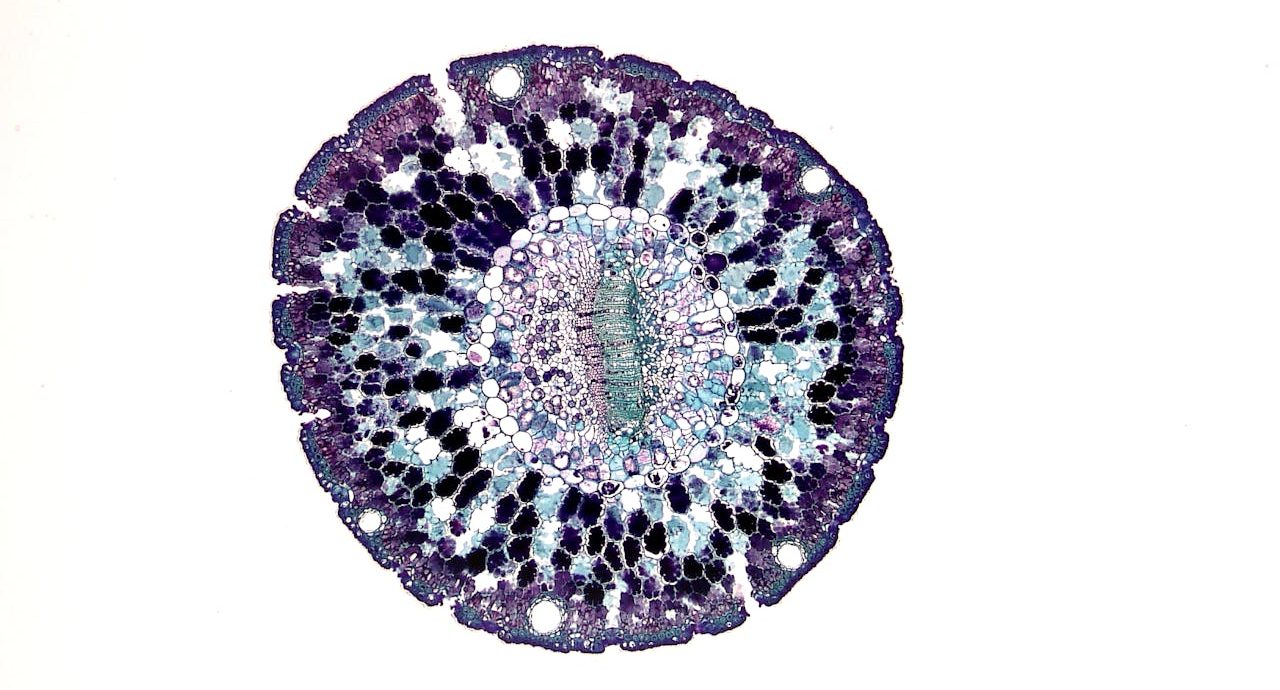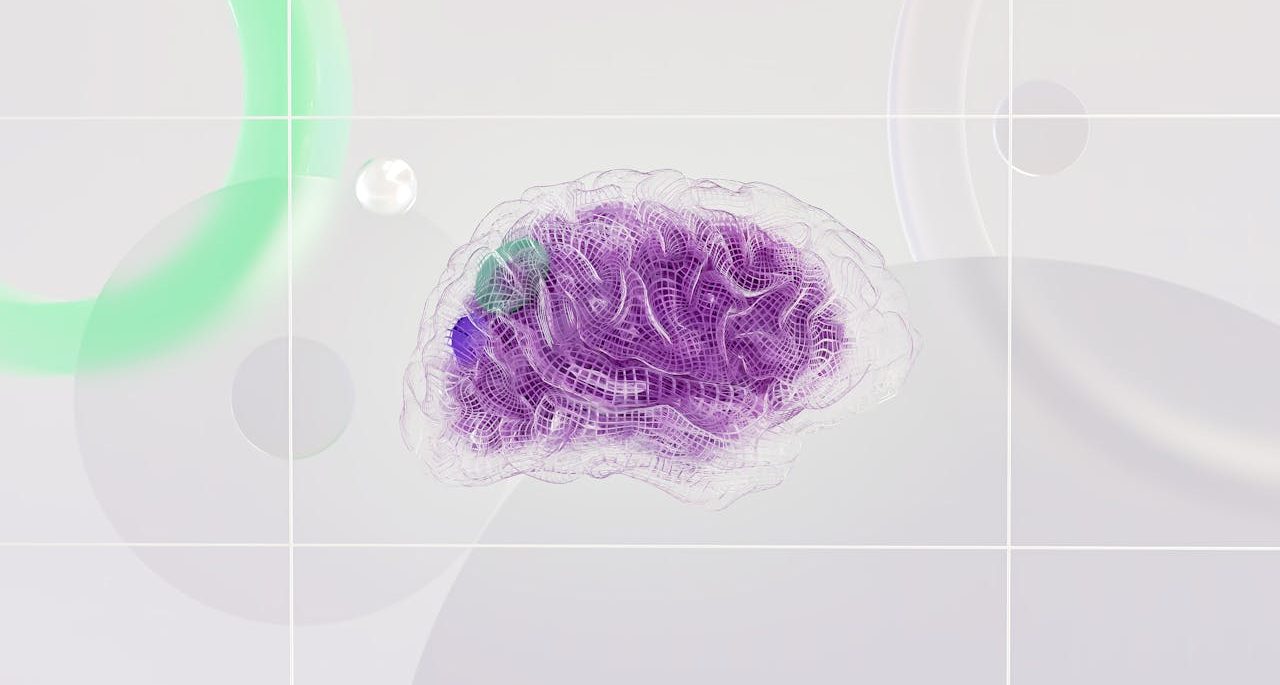
Cellular differentiation allows the specialization of cells to carry out specific functions.
Cell differentiation is the process by which an immature or undifferentiated cell specializes to perform specific functions within an organism. The cells acquire particular morphological and functional characteristics, differentiating into cell types such as neurons, muscle or blood cells.
Importance of cell differentiation
Cellular differentiation is essential for the development and functioning of multicellular organisms. This process allows the formation of specialized tissues and organs, each composed of different types of cells with specific functions . Thanks to differentiation, an organism can have cells that perform tasks as varied as the transmission of nervous signals, the transport of oxygen or muscle contraction.
Furthermore, cellular differentiation is crucial during embryonic development, where a single cell, the zygote , gives rise to all cell types in the organism. In adults, it is also vital for tissue renewal and repair , as stem cells, through differentiation, replace damaged or worn-out cells. Without this capacity for specialization , complex organisms would not be able to sustain life or adapt to physiological demands.
Examples of cell differentiation
There are multiple examples of cellular differentiation in the human body, where cells specialize to perform specific functions. Some cases are highlighted below:
- neurons : the cells of the nervous system differentiate into neurons, specialized in the transmission of electrical impulses to coordinate body functions and process sensory information;
- Muscle cells : Precursor cells called myoblasts transform into muscle fibers. They are responsible for muscle contraction and movement throughout the body;
- blood cells : in the bone marrow, hematopoietic differentiation (or hematopoiesis ) occurs, from which various types of blood cells arise, such as red blood cells (to transport oxygen), white blood cells (for immune defense) and platelets (for coagulation);
- Epithelial cells : They specialize in forming protective barriers in the skin, linings of the digestive and respiratory systems, and other organs and systems. They are essential for protection against the external environment and the absorption of nutrients;
- bone cells : osteoblasts are cells that, from precursor cells, differentiate to form bone tissue, contributing to the structure and support of the skeleton.

Thanks to muscle cells we can contract and move muscles throughout the body.
Classification of stem cells according to their potential
Stem cells can be classified based on their ability to differentiate into other cell types:
- totipotent cells : they are the most versatile, since they can differentiate into all types of cells in the body, including extraembryonic tissues. An example is the cells in the early stages of the embryo;
- Pluripotent cells : They can give rise to any type of cell in the body, but not extraembryonic tissues. An example is embryonic stem cells;
- multipotent cells : they have the ability to differentiate into several cell types within the same cell line, such as adult stem cells, which can generate cells of a specific tissue;
- unipotent cells : they can only differentiate into one cell type. An example is the stem cell that gives rise to striated muscle cells.
Specialized cells and their origin
Specialized cells are the result of the differentiation of progenitor or stem cells, and have specific functions in the body:
- endothelial cells : they form the inner lining of blood vessels, facilitating the exchange of substances;
- smooth muscle cells : they are found in the walls of internal organs, such as the intestine, and allow their contraction;
- striated muscle cells : are responsible for voluntary contraction, as in skeletal muscles;
- Immune cells : as well as white blood cells, they are essential for the body's defense against infections.
Somatic cells and their specific functions
Somatic cells are all those that do not belong to the germ line (eggs or sperm) and differentiate into specialized cells in various tissues and organs:
- liver cells : also known as hepatocytes, they are responsible for important metabolic functions in the liver;
- pancreatic beta cells : these specialized cells in the pancreas are the ones that produce insulin, regulating blood glucose levels;
- cardiac cells : they form the tissue of the heart and are responsible for contraction to pump blood through the body;
- kidney cells : they make up the tissues of the kidneys, where they filter blood and produce urine.
Diversity in cell differentiation processes
Cellular differentiation is a process that varies depending on the type of cell and its function , affecting both animal and plant organisms. Different types of differentiation are described below.
Skin cell differentiation
Stem cells in the epidermis differentiate into keratinocytes, which form a protective barrier. This process is continuous and essential for skin renewal.
Differentiation of immune system cells
Hematopoietic stem cells in the bone marrow specialize into several types of immune cells , such as lymphocytes , neutrophils, and macrophages, which protect the body from infections.
Germ cell differentiation
Germ cells give rise to gametes (eggs and sperm), which allows sexual reproduction. These cells are formed through a specialized differentiation process called gametogenesis .
Tissue differentiation
Cellular differentiation is key for the formation of specialized tissues, such as muscle, nervous or connective tissues, which fulfill specific functions in the body.
Differentiation in plants
In plants, cell differentiation generates cell types such as xylem and phloem , which transport water and nutrients. Meristematic cells are responsible for the formation of these tissues.
Neuronal differentiation
Neural stem cells differentiate into neurons , responsible for transmitting nerve impulses, and glial cells , which provide support and protection to the nervous system.
Osteogenic differentiation
Mesenchymal stem cells differentiate into osteoblasts, which are essential for the formation and repair of bone tissue, maintaining the structure of the skeleton.

Neurons transmit nerve impulses.
Specialized tissue differentiation
Cellular differentiation is essential for the formation of specialized tissues that perform specific functions in the body.
epithelial tissue
It covers internal and external surfaces of the body, such as the skin and organs, protecting them and regulating the exchange of substances. The cells that make it up can be simple or stratified, and are specialized in functions such as secretion and absorption.
connective tissue
It connects, supports and gives structure to other tissues and organs. Within this group are blood, cartilage, tendons and bones. Connective tissue cells differentiate to fulfill support, transport and protection functions.
muscle tissue
Specialized in contraction, muscle tissue is made up of cells that generate movement. There are three types of muscle tissue: smooth, skeletal and cardiac, each with a degree of differentiation that allows its specific function in body motility and blood pumping.
nervous tissue
This tissue is crucial for the transmission of electrical signals in the body, facilitating communication between the brain and other parts of the body. Neurons, its specialized cells, differentiate to transmit nerve impulses and coordinate body functions.
Each of these specialized tissues derives from progenitor cells that, throughout their differentiation process, acquire specific characteristics that allow them to fulfill their functions within the human body.
